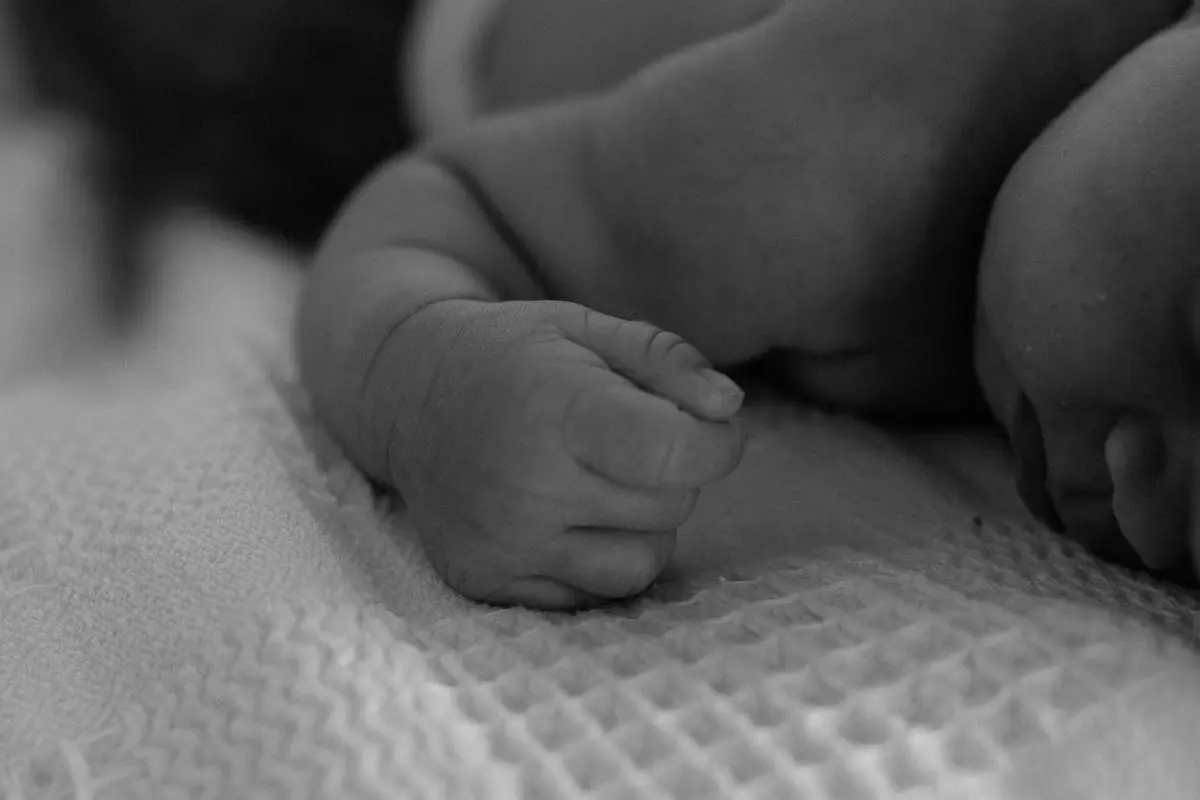Introduction to lighting and sleep cycles
Lighting plays a significant role in regulating sleep cycles for both you and your baby. The type and intensity of light can affect how easily you fall asleep and the quality of your sleep. Here are a few key points to consider when it comes to lighting and its impact on your sleep cycle:
- Natural light helps regulate your body’s internal clock, also known as the circadian rhythm.
- Blue light, emitted from electronic devices, can disrupt your sleep by suppressing the production of melatonin, the hormone that helps you sleep.
- Dimming lights in the evening can signal to your body that it’s time to wind down and prepare for sleep.
- A dark environment at night is ideal for promoting deep and restful sleep for both you and your little one.
Importance of lighting in sleep quality
Lighting plays a crucial role in determining the quality of our sleep. The type of lighting in our environment can affect our circadian rhythm, which is our body’s internal clock that regulates our sleep-wake cycle. Here’s why lighting is essential for good sleep:
- Bright light can suppress melatonin production, making it harder to fall asleep.
- Dim light signals to our bodies that it’s time to rest and can promote relaxation.
- Blue light from screens can disrupt sleep by tricking our bodies into thinking it’s daytime.
By understanding the importance of lighting and making adjustments to our surroundings, we can positively impact both our own and our baby’s sleep cycles.
Impact of lighting on baby’s sleep
Soft, dim lighting helps babies to unwind before sleep, signaling their body that it’s time to rest. On the other hand, bright lights may disrupt their sleep routine, making it harder for them to settle down. Avoid overhead lights when preparing for bedtime as they can be too stimulating for your baby’s delicate senses. Instead, opt for gentle, warm lights that mimic the natural dimming of the day. Night lights can also provide a sense of security for your baby during the night without interfering with their sleep.
Types of lighting: Natural vs. artificial
Natural lighting can positively impact your and your baby’s sleep cycle by helping regulate your circadian rhythm. In contrast, artificial lighting can disrupt this rhythm, especially before bedtime. Natural light offers a balance of brightness and warmth that signals your body to wake up during the day and wind down in the evening. On the other hand, artificial light, particularly from screens, emits blue light that can interfere with melatonin production, making it harder to fall asleep. To promote better sleep, prioritize exposure to natural light during the day and limit artificial light exposure, especially in the hours leading up to bedtime.
Circadian rhythm and lighting
The body’s internal clock, known as the circadian rhythm, regulates our sleep-wake cycle and is influenced by lighting. Natural light during the day helps our bodies stay awake and alert, while darkness at night signals it’s time to sleep. Artificial lighting, especially blue light emitted from screens, can disrupt this cycle by tricking our brains into thinking it’s still daytime. Adjusting your lighting to mimic natural light patterns can help regulate your and your baby’s circadian rhythms, promoting better sleep and overall health.
Effects of different color temperatures on sleep
Blue light emitted by screens can disrupt sleep by interfering with the production of the sleep hormone melatonin. Exposure to blue light before bedtime can make it harder for you and your baby to fall asleep. Warm, amber-toned light promotes relaxation and helps signal to your bodies that it’s time to wind down. Installing dimmer switches or using warm-toned light bulbs in the evening can create a calming environment conducive to a good night’s sleep for both you and your baby.
Brightness levels and their influence
High levels of brightness in your environment can disrupt both you and your baby’s sleep cycles. Exposure to bright light can interfere with the production of melatonin, a hormone that regulates sleep, making it harder for both of you to fall asleep. Using dimmer lights in the evening can help signal to your bodies that it’s time to wind down and prepare for sleep. Avoiding bright screens and lights close to bedtime can promote better sleep for you and your baby.
Tips for creating a sleep-friendly environment
To create a sleep-friendly environment for you and your baby, consider these tips:
- Use dim lighting in the evening to signal to your bodies that it’s time to wind down.
- Avoid bright screens at least an hour before bed, as they can disrupt your natural sleep rhythms.
- Choose soothing, warm-toned light bulbs for your bedroom to promote relaxation.
- Keep the room dark and quiet while you and your baby sleep to encourage restful sleep cycles.
Managing lighting for optimal sleep
Having the right lighting can significantly impact your and your baby’s sleep. Here are some tips to manage lighting for optimal sleep:
- Avoid bright lights before bedtime.
- Use dim, warm lights in the evening to signal to your body that it’s time to wind down.
- Consider using blackout curtains to block out natural light if needed.
Adjusting the lighting in your home can help create a more conducive environment for a good night’s rest for both you and your baby.
Conclusion: Creating a conducive sleep environment
To create a good sleep environment for you and your baby, pay attention to the type of lighting you use. Opt for warm, dim lighting in the evening to signal to your bodies that it’s time to wind down. During the night, keep the lighting minimal to promote deep sleep. Consider using night lights with low temperature and warm color to minimize disruption to your sleep cycle. Remember, the right lighting can greatly impact your sleep quality and overall well-being, so make it a priority in your bedtime routine.


